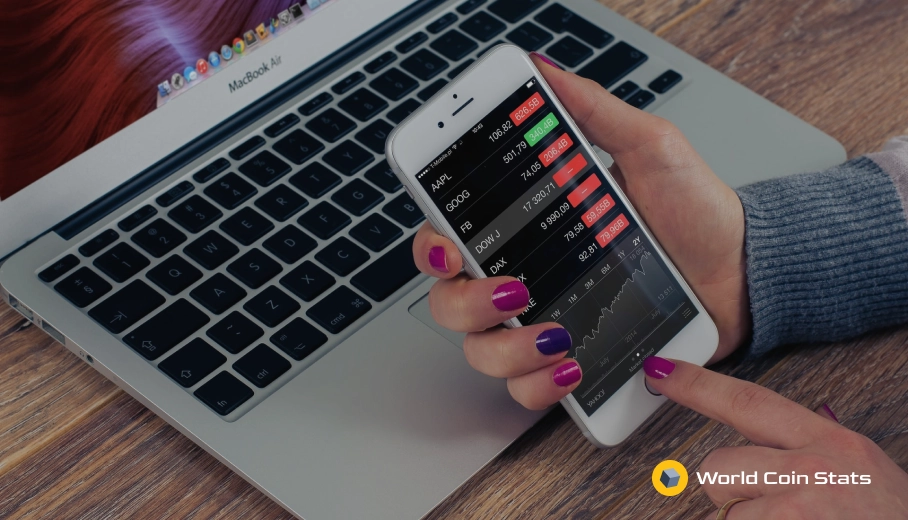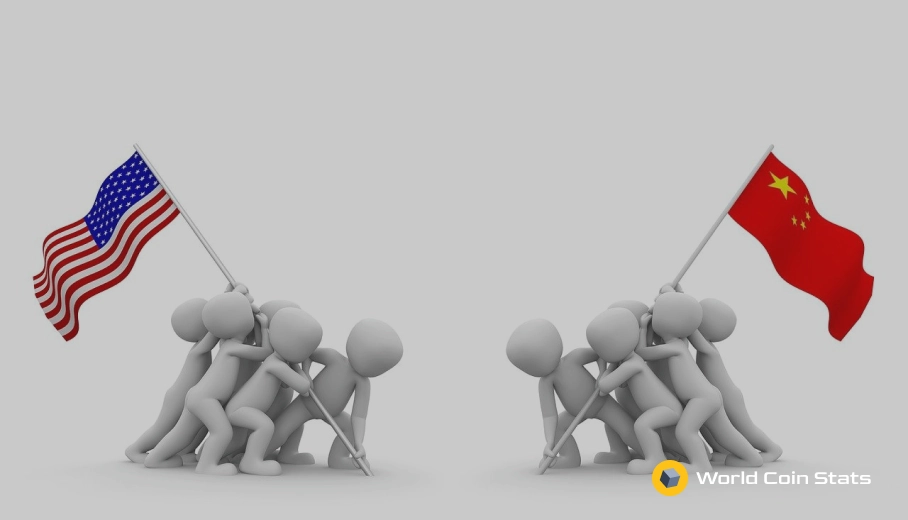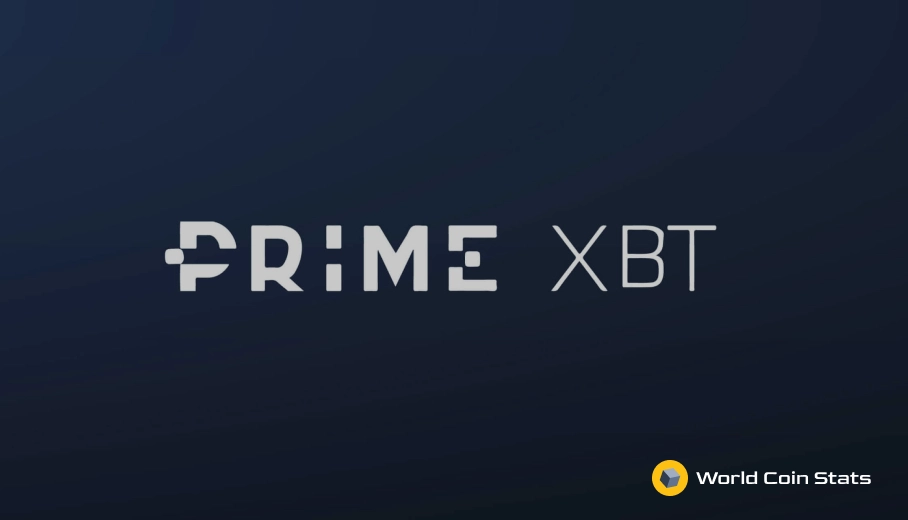Market Order vs. Limit Order – What’s the Difference?
If you’re in the market to buy or sell stocks, you must determine a price. You can be at the mercy of the market price (the price it’s trading at) or place a limit order, determining the price you pay. With a limit order, you only buy or sell if the stock hits that price.
There’s no guarantee with either option. Trading stocks has its risks, as does even just placing an order. No one can predict 100% what the market will do, but sometimes one is better than the other.
What should you consider when making a choice?
How a Market Order Works
A market order can happen at a moment’s notice. You tell the broker (whether computer or person) to conduct the trade, and it’s done. The market is liquid – you can buy or sell at any time. When you buy, you pay the seller’s asking price, and if you’re selling, you sell at the buyer’s bid price.
You don’t have a say in the price. You’re at the mercy of the market. Typically, with large company stocks, the difference between the bid and ask price is minimal and doesn’t make much of a difference in your trade. But for some companies, the spread is large.
The Problem with Market Orders
The market moves fast. That’s the problem. If you place an order, but the lag time between placing the order and executing it is more than a few minutes, the price could drastically change. While it’s not incredibly common, it does happen.
One of the most significant risks occurs if you put in an order after the end of business, and things change drastically overnight. The stock could open at a much different price than you intended when you placed the order the day before. This could leave you in a much different position than you expected when you created the order.
How a Limit Order Works
A limit order is different. It’s like picking your price because you put in an order for a trade at a specific price. If the stock hits that price, your order gets processed. If it doesn’t hit that price, it doesn’t get processed. There’s an expiration on the order, so you can let it go for as little or as long as you want.
The Problem with Limit Orders
Unlike market orders that may still execute but at a different price, limit orders may not execute at all. If the stock price never reaches the price you set, the trade doesn’t happen. While you can set the limit to last for as long as three months and don’t have to sit and watch the market, there’s always the chance of nothing happening.
There’s one more problem. Your limit order could go through even if you don’t want it to. This happens when you have a limit order to sell stocks at a specific price. The stock price not only hits that price but goes higher. But, because you have a limit order set for the lower price, it sells at that price. That’s the opportunity cost of a limit order.
Choosing Between a Market Order and Limit Order
While it’s personal preference choosing between a market order and limit order, there are certain times a limit order makes more sense than a market order:
- If you’re looking at a volatile stock and have a specific price in mind, use the limit order. If you hear of news that may rock the price drastically one way or the other, keep an eye on it. You can pull your limit order if necessary, but you’ll need to be aware of the market’s happenings.
- If you’re looking at a stock that has a large spread between the bid and ask price, choose a market order. You’ll save money with a limit order by limiting your buy price or maximizing your sale price.
Weigh the pros and cons of each situation. Look at the stock’s history and the outcome you want. Is the market volatile right now? A limit order may keep things under control. If the market isn’t volatile, and you have time to watch it closely, a market order may be fine. Know the ups and downside of both situations before making your decision.




